The six decades of existence of Kala Lumyos in the border town of Manipur is under threat amid violence in the state.
As we hear about rising tensions in Manipur and instances of fight and large-scale human rights violations are reported from the hill state, there is a community which is trying to find its significance in the hill state. They do not belong to any tribe of Manipur or speak any of the language spoken there yet they are significant in number and constitute a large portion of the trading community in Moreh, the border town of Manipur.
Moreh is one of the unique places where you can find people selling Meitei Ngari (a type of fermented fish), smoked pork (favourite among the Kukis) and Idli dosa which is the staple food for South Indians. You will find various Christian sects, Meitei temples and shrines as well as Dravidian-style temples usually found in South India.
Yes, these are Tamilians who are staying thousands of miles away from their roots in Manipur for nearly six decades and are now fighting for their own existence. They constitute nearly one-third of the population of Moreh town and control nearly 100% of the trade directly or indirectly with Myanmar through this border crossing. They have established their own colonies including the temples of their deities which are often visited by the people. Not only this, but they also have a significant population of their community across the border in Myanmar which helps them in trade.
The roots of these Manipuri Tamilians go back to the mid-nineteenth century when Rangoon (Yangon) was a major trade center and a large number of Indian families migrated there due to the business opportunities. Tamilians were not an exception and they settled there to do business for over one and a half decades.
Burmese people gave them a unique name which is followed even till now. They were called “Kala Lumyo” where Kala means black and Lumyo means people. The name was given to them due to their dark complexion and is followed till now on both sides of the international border. These Tamilians flourished well till the first military coup in Myanmar took place in 1962 and General Ne Win seized power.
Soon after the coup, Ne Win brought in his own version of socialism and nationalized most of the businesses making any kind of trade for the Burmese Tamilians impossible. Myanmar military junta ordered all the Indians to leave their country with a maximum of Rs 15 and an Umbrella since they were afraid of their wealth going out of the country.
READ | Explainer: What is data fiduciary under 'Data Protection Bill' and how will proposed law impact business?
A huge number of these Tamilians left Myanmar and came to Tamil Nādu, the abode of all Tamilians through various means but were unable to cope as they had no money to settle down there. They were left with just one option and that was to work as a daily laborer. This was the reason why some of them decided to go back to Myanmar illegally after crossing the Manipur border. A large number of families reached Moreh out of which some were able to cross and settled in Tamu, the Burmese town just opposite Moreh.
But many of them could not cross due to the strict military regime in Myanmar and hence got settled on this side of the Indo-Myanmar friendship gate. The “Kala Lumyo” community on both sides of the border started venturing into different kinds of businesses with the Burmese community and the experiment became successful with the passing of time.
Moreh which was a small tribal village dominated by Kuki people became a major trade center in no time. As the demand for Indian goods in Myanmar started rising, their business flourished and made Moreh one of the major trading points of Manipur. Today, “Kala Lumyos” control almost 75% of the bilateral trade with Myanmar in Moreh and with the induction of India’s ambitious “Eastern Highway”, they are hoping to play a vital role in trade with the ASEAN countries too.
Moreh may be a goldmine for the future but the current ethnic crisis in Manipur has brought serious dilemmas for the Tamilian community which was already facing serious issues due to various issues including inner line permit. In the present scenario, they are further stuck in limbo among the Kukis and Meiteis.
While Kukis claim the Moreh to be part of the hill and their abode, the dominant Meitei are claiming right over all the hills, and due to this crisis, there is a serious threat to the Tamil community. They have the challenge to not only save their existence in Manipur but also to save nearly half a dozen temples and religious shrines constructed over a period of time by both Meiteis and Kukis. They cannot take sides but will not be able to avoid taking sides too as both parties kept pressurizing them.
The six decades of existence of “Kala Lumyos” in the border town of Manipur is under threat. They are promised all sorts of support from everyone but are given none. In the wake of the current ethnic crisis, they have nowhere to go. As such their population has dwindled in the last few decades.
If we see the historical data, we find that prior to the onset of insurgency in Manipur in the late eighties, there were about 17000 Tamil families in Moreh, while today there are less than 3000. The number is further declining and the existence of “Kala Lumyos” in Manipur is going to be a tough question which only time can answer.
The author is a veteran of the Armed Forces. He is a known Defence Strategist with keen interests in international affairs, maritime security, terrorism and internal security.
(Disclaimer: The views expressed above are the author's own and do not reflect those of DNA.)
![submenu-img]() Meet IIT-JEE topper with AIR 1, son of government school teachers, he went on to pursue...
Meet IIT-JEE topper with AIR 1, son of government school teachers, he went on to pursue...![submenu-img]() Salman Khan house firing case: One more Lawrence Bishnoi gang member arrested by Mumbai Police
Salman Khan house firing case: One more Lawrence Bishnoi gang member arrested by Mumbai Police ![submenu-img]() Mukesh Ambani to host Anant-Radhika's second pre-wedding function: Trip to start from Italy with 800 guests and end in..
Mukesh Ambani to host Anant-Radhika's second pre-wedding function: Trip to start from Italy with 800 guests and end in..![submenu-img]() Driver caught on camera running over female toll plaza staff on Delhi-Meerut expressway, watch video
Driver caught on camera running over female toll plaza staff on Delhi-Meerut expressway, watch video![submenu-img]() 'If you come and do something here...': EAM S Jaishankar on India's 'message' against terrorism
'If you come and do something here...': EAM S Jaishankar on India's 'message' against terrorism![submenu-img]() Meet IIT-JEE topper with AIR 1, son of government school teachers, he went on to pursue...
Meet IIT-JEE topper with AIR 1, son of government school teachers, he went on to pursue...![submenu-img]() TN 11th Result 2024: TNDGE Tamil Nadu HSE (+1) result declared, direct link here
TN 11th Result 2024: TNDGE Tamil Nadu HSE (+1) result declared, direct link here![submenu-img]() Meet doctor who cracked UPSC exam with AIR 9 but didn’t became IAS due to…
Meet doctor who cracked UPSC exam with AIR 9 but didn’t became IAS due to…![submenu-img]() TN 11th Result 2024 to be declared today; know how to check
TN 11th Result 2024 to be declared today; know how to check![submenu-img]() Meet man who worked as coolie, studied from railway's WiFi, then cracked UPSC exam to become IAS, secured AIR...
Meet man who worked as coolie, studied from railway's WiFi, then cracked UPSC exam to become IAS, secured AIR...![submenu-img]() DNA Verified: Is CAA an anti-Muslim law? Centre terms news report as 'misleading'
DNA Verified: Is CAA an anti-Muslim law? Centre terms news report as 'misleading'![submenu-img]() DNA Verified: Lok Sabha Elections 2024 to be held on April 19? Know truth behind viral message
DNA Verified: Lok Sabha Elections 2024 to be held on April 19? Know truth behind viral message![submenu-img]() DNA Verified: Modi govt giving students free laptops under 'One Student One Laptop' scheme? Know truth here
DNA Verified: Modi govt giving students free laptops under 'One Student One Laptop' scheme? Know truth here![submenu-img]() DNA Verified: Shah Rukh Khan denies reports of his role in release of India's naval officers from Qatar
DNA Verified: Shah Rukh Khan denies reports of his role in release of India's naval officers from Qatar![submenu-img]() DNA Verified: Is govt providing Rs 1.6 lakh benefit to girls under PM Ladli Laxmi Yojana? Know truth
DNA Verified: Is govt providing Rs 1.6 lakh benefit to girls under PM Ladli Laxmi Yojana? Know truth![submenu-img]() Remember Harsh Lunia? Just Mohabbat child star, here's how former actor looks now, his wife is Bollywood's popular...
Remember Harsh Lunia? Just Mohabbat child star, here's how former actor looks now, his wife is Bollywood's popular...![submenu-img]() Mother's Day 2024: Bollywood supermoms who balance motherhood, acting, and run multi-crore businesses
Mother's Day 2024: Bollywood supermoms who balance motherhood, acting, and run multi-crore businesses![submenu-img]() Rocky Aur Rani's Golu aka Anjali Anand shocks fans with drastic weight loss without gym, says fitness secret is...
Rocky Aur Rani's Golu aka Anjali Anand shocks fans with drastic weight loss without gym, says fitness secret is...![submenu-img]() In pics: Ram Charan gets mobbed by fans during his visit to Pithapuram for ‘indirect campaign’ for uncle Pawan Kalyan
In pics: Ram Charan gets mobbed by fans during his visit to Pithapuram for ‘indirect campaign’ for uncle Pawan Kalyan![submenu-img]() Streaming This Week: Yodha, Aavesham, Murder In Mahim, Undekhi season 3, latest OTT releases to binge-watch
Streaming This Week: Yodha, Aavesham, Murder In Mahim, Undekhi season 3, latest OTT releases to binge-watch![submenu-img]() Haryana Political Crisis: Will 3 independent MLAs support withdrawal impact the present Nayab Saini led-BJP government?
Haryana Political Crisis: Will 3 independent MLAs support withdrawal impact the present Nayab Saini led-BJP government?![submenu-img]() DNA Explainer: Why Harvey Weinstein's rape conviction was overturned, will beleaguered Hollywood mogul get out of jail?
DNA Explainer: Why Harvey Weinstein's rape conviction was overturned, will beleaguered Hollywood mogul get out of jail?![submenu-img]() What is inheritance tax?
What is inheritance tax?![submenu-img]() DNA Explainer: What is cloud seeding which is blamed for wreaking havoc in Dubai?
DNA Explainer: What is cloud seeding which is blamed for wreaking havoc in Dubai?![submenu-img]() DNA Explainer: What is Israel's Arrow-3 defence system used to intercept Iran's missile attack?
DNA Explainer: What is Israel's Arrow-3 defence system used to intercept Iran's missile attack?![submenu-img]() Salman Khan house firing case: One more Lawrence Bishnoi gang member arrested by Mumbai Police
Salman Khan house firing case: One more Lawrence Bishnoi gang member arrested by Mumbai Police ![submenu-img]() Meet actress, who got rejected for her looks, had no hit for 15 years; later beat Alia, Deepika, Katrina at box office
Meet actress, who got rejected for her looks, had no hit for 15 years; later beat Alia, Deepika, Katrina at box office![submenu-img]() Abdu Rozik breaks silence on his wedding announcement being called ‘publicity stunt’: ‘The whole world is…’
Abdu Rozik breaks silence on his wedding announcement being called ‘publicity stunt’: ‘The whole world is…’![submenu-img]() Meet actress who made debut with Salman Khan, had super flop career, then got TB, now lives in chawl, runs..
Meet actress who made debut with Salman Khan, had super flop career, then got TB, now lives in chawl, runs..![submenu-img]() Meet actress who worked with Naseeruddin Shah, sister of popular models, is now getting trolled on social media for..
Meet actress who worked with Naseeruddin Shah, sister of popular models, is now getting trolled on social media for..![submenu-img]() Driver caught on camera running over female toll plaza staff on Delhi-Meerut expressway, watch video
Driver caught on camera running over female toll plaza staff on Delhi-Meerut expressway, watch video![submenu-img]() Delhi man takes 200 flights in 110 days, steals lakhs worth of jewelry from passengers
Delhi man takes 200 flights in 110 days, steals lakhs worth of jewelry from passengers![submenu-img]() Viral video: Man makes paratha with 'diesel', internet reacts
Viral video: Man makes paratha with 'diesel', internet reacts![submenu-img]() Viral video of 'black jalebi' leaves internet in shock; netizens say 'hey bhagwan...'
Viral video of 'black jalebi' leaves internet in shock; netizens say 'hey bhagwan...'![submenu-img]() Real-life Bambi and Thumper? Adorable deer and rabbit video melts hearts online
Real-life Bambi and Thumper? Adorable deer and rabbit video melts hearts online




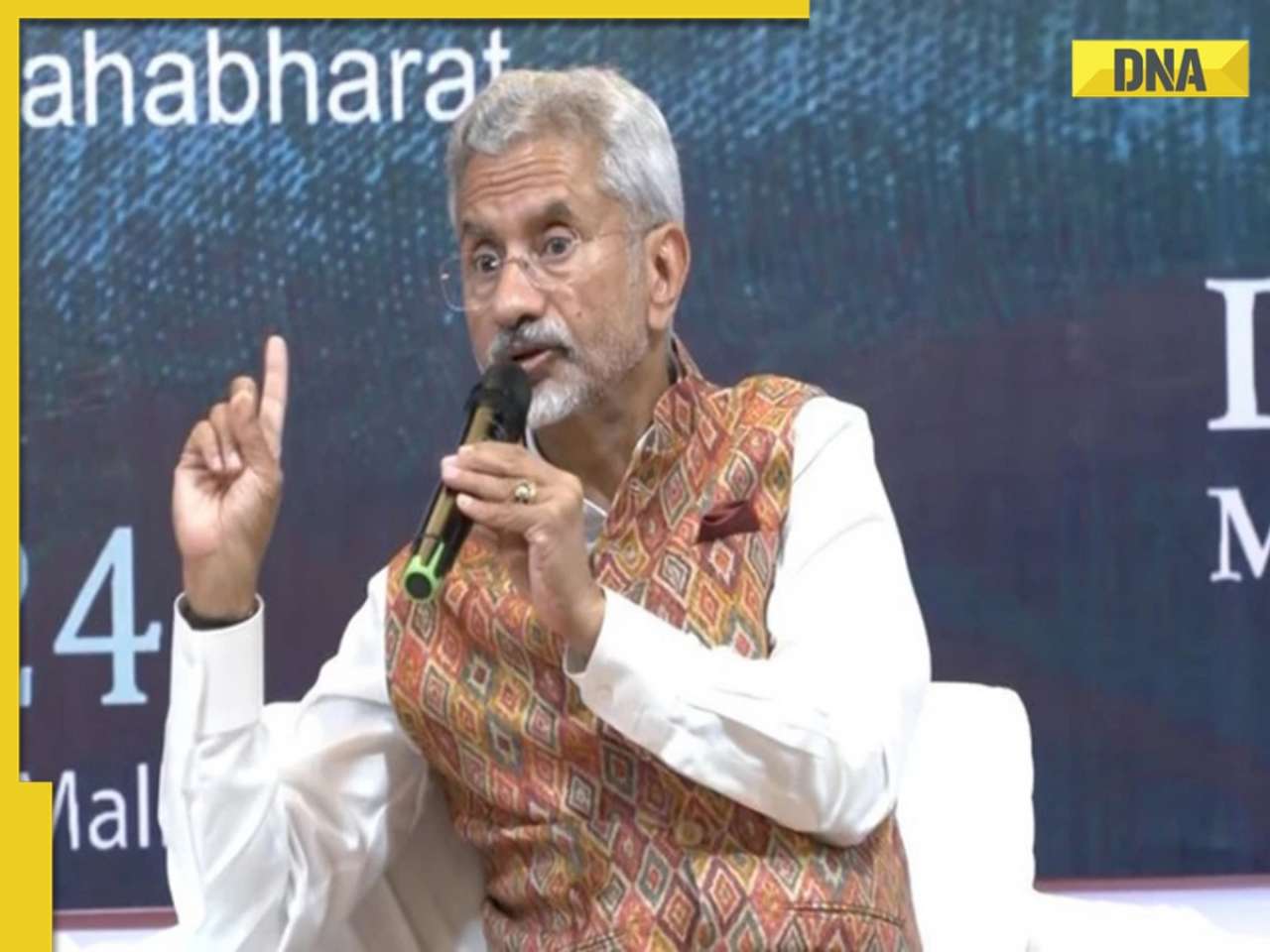




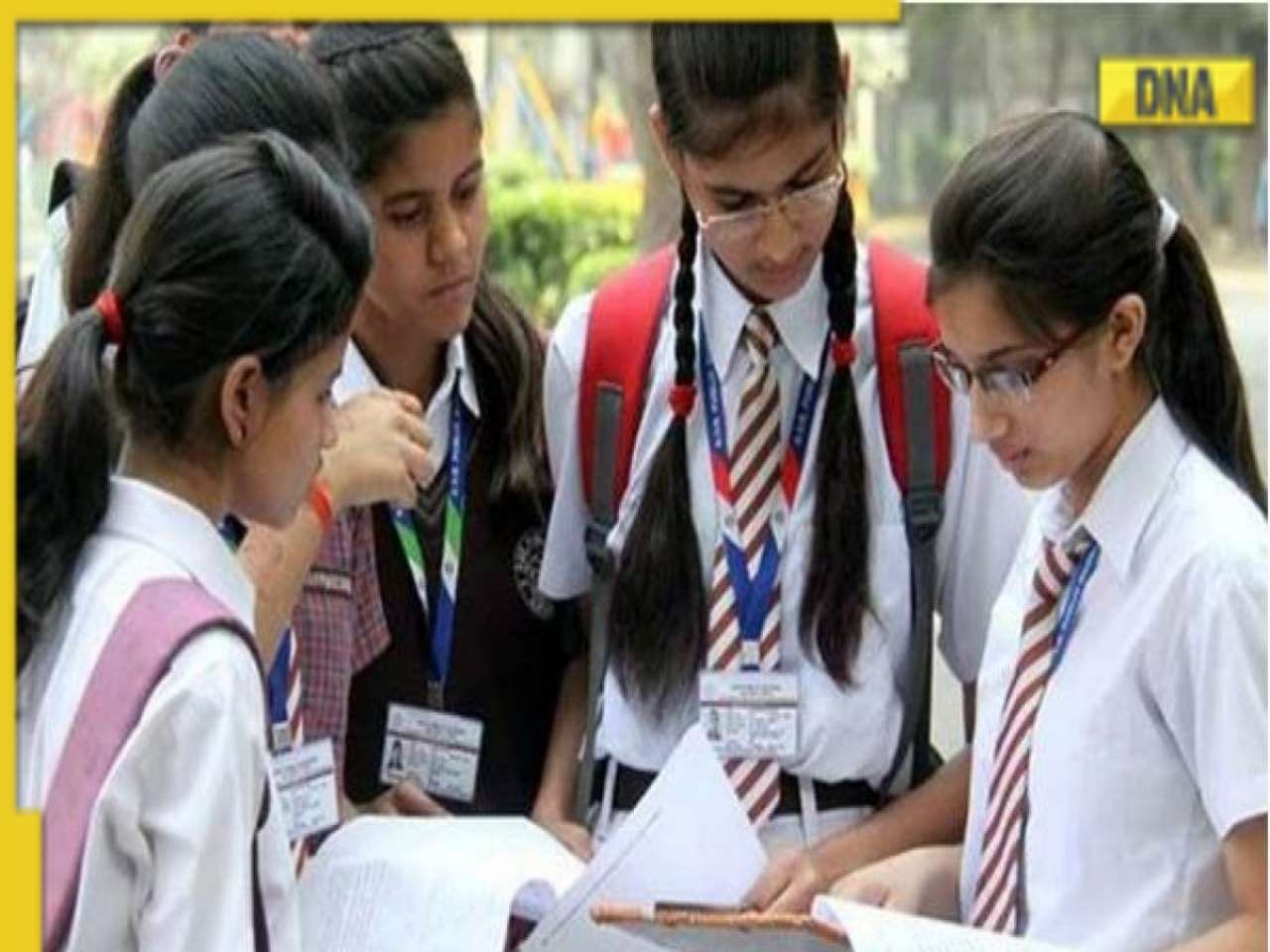






















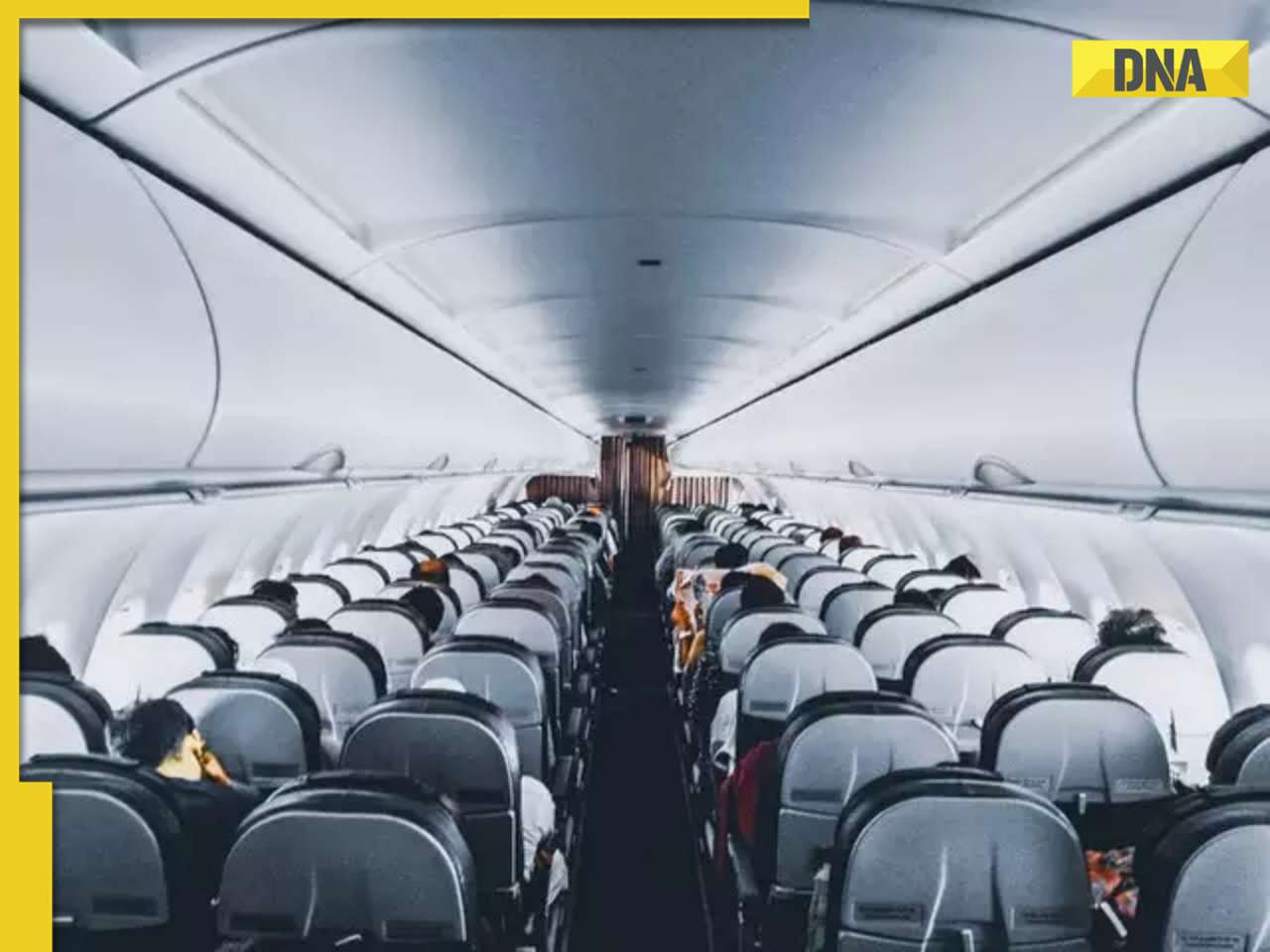

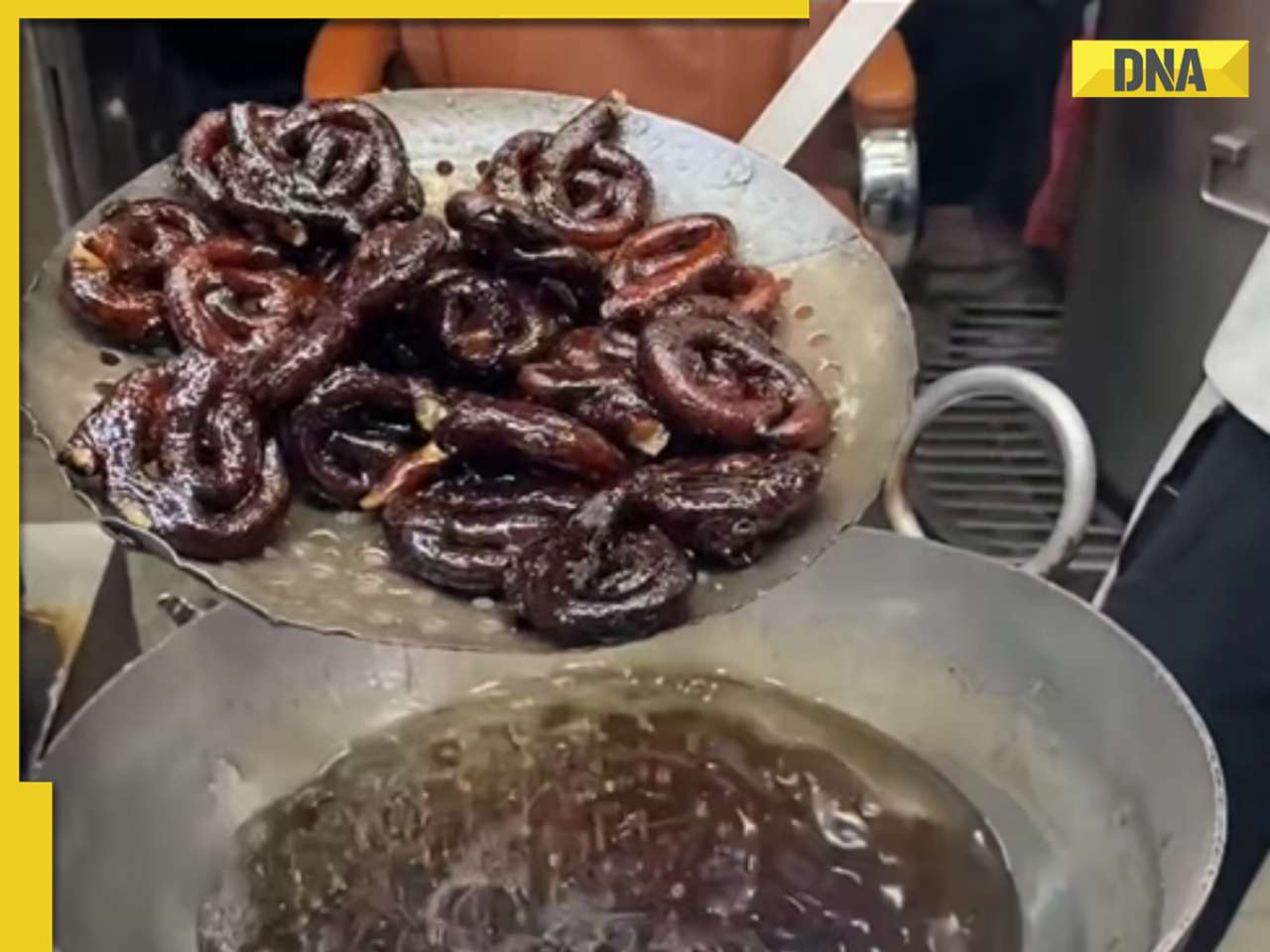
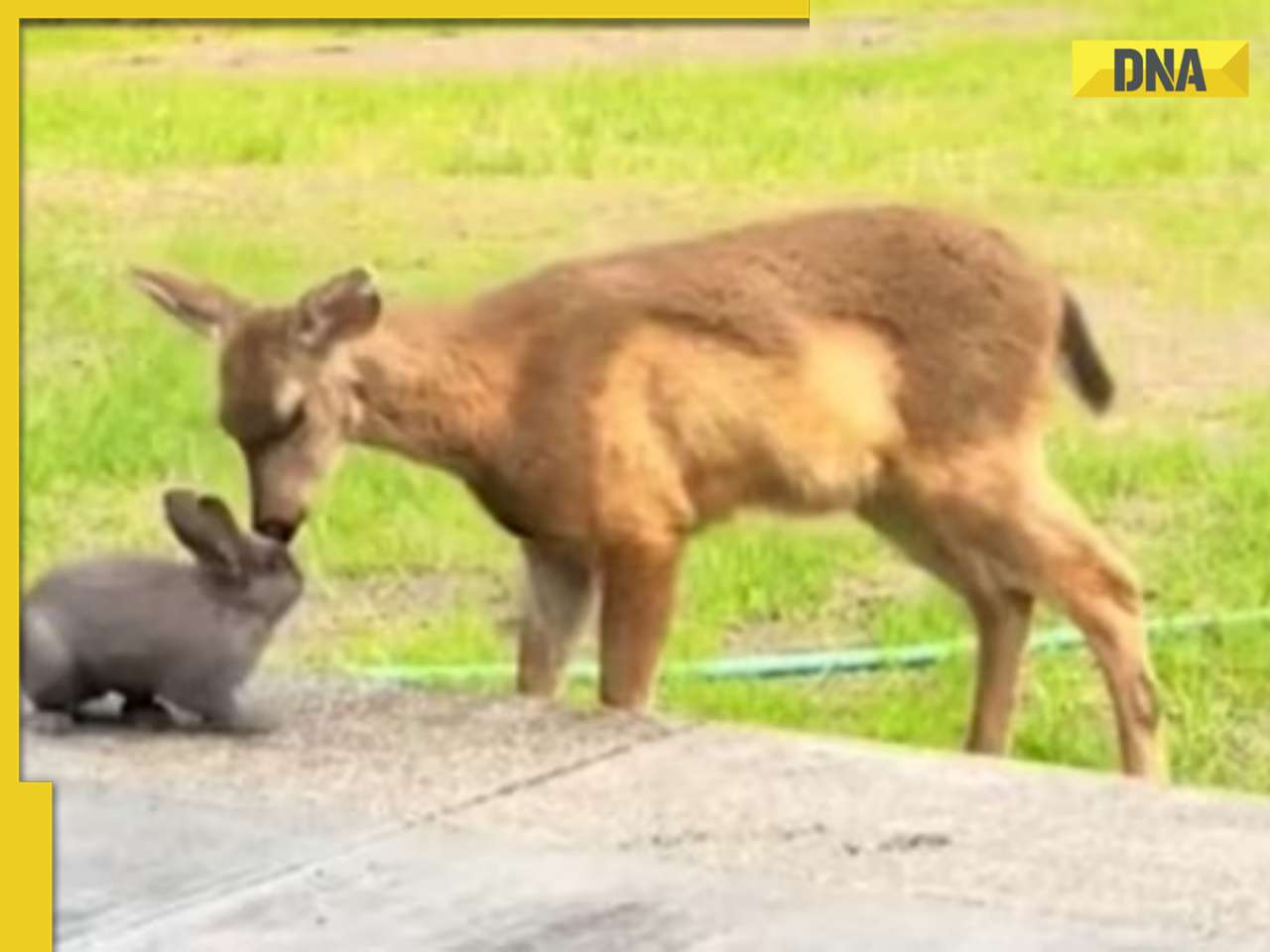

)





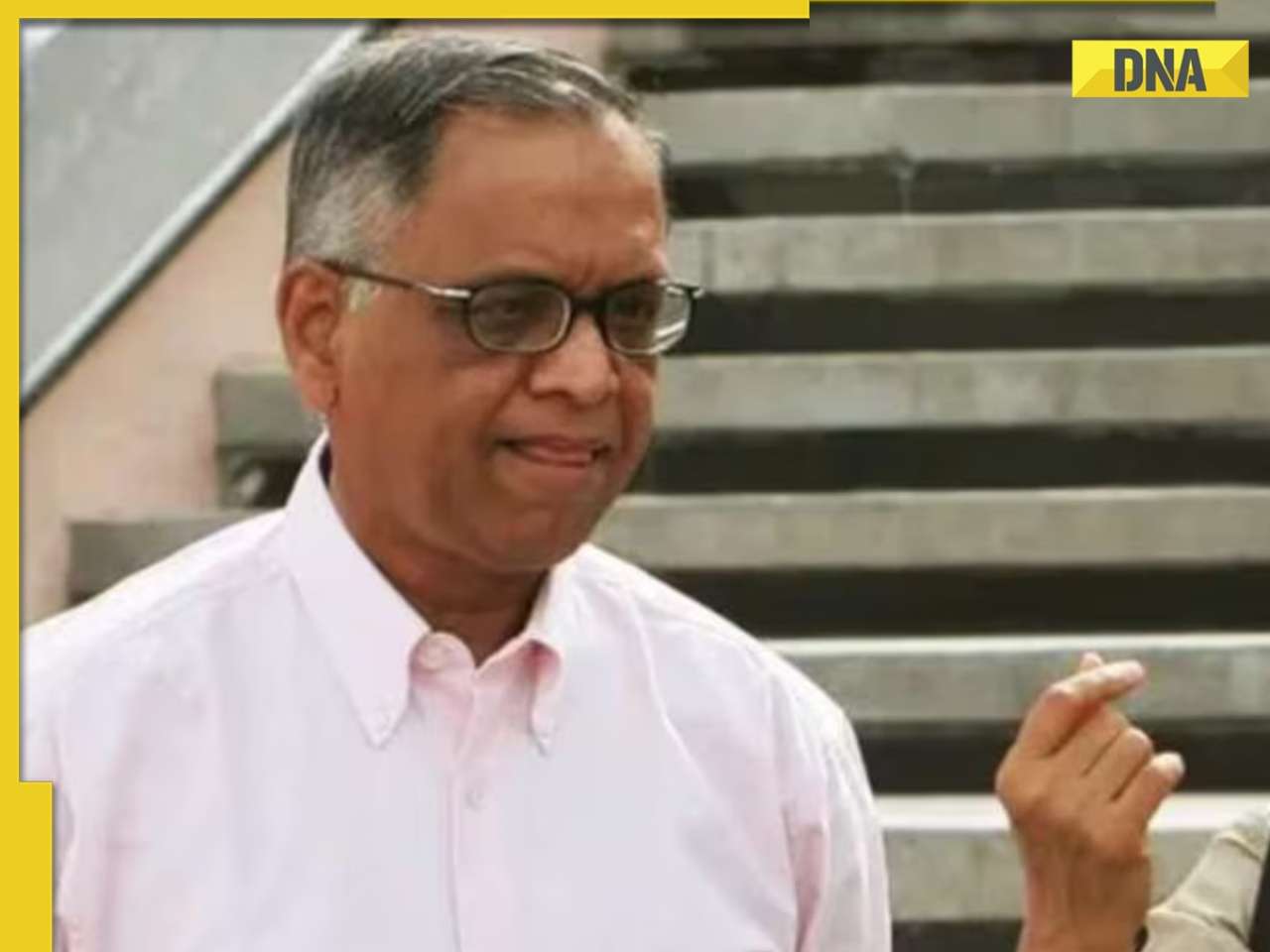










)
)
)
)
)
)